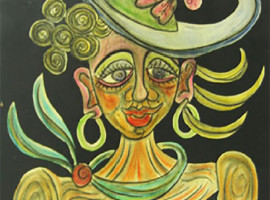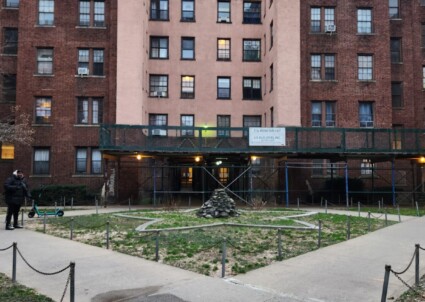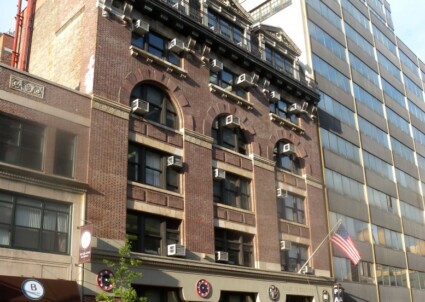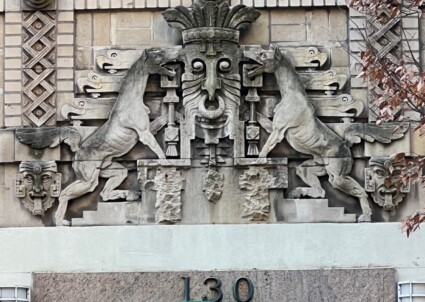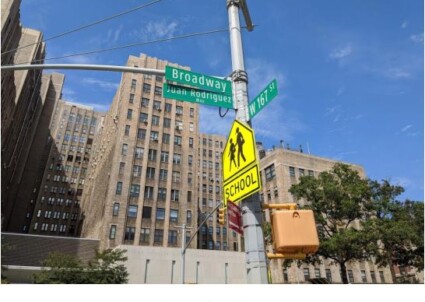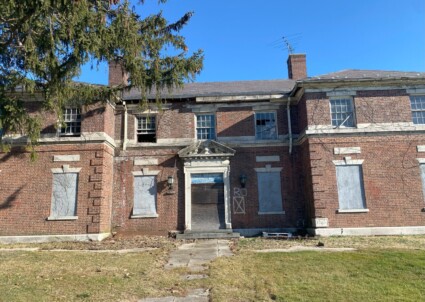East Harlem, Manhattan
East Harlem encompasses a large section of northeastern Manhattan bounded by 96th Street, 142nd Street, Fifth Avenue and the Harlem River. Also known as El Barrio, the area is famous as one of the largest predominantly Latino neighborhoods in the city.
Echoing development patterns across the city, the neighborhood was largely built in response to the availability of transportation. In the 1830s, tracks were laid along Park Avenue for horse-drawn streetcars and later, the tracks became the New York and Harlem Railroad line, with train stops in East Harlem. Several resorts were built to take advantage of the higher elevations with views toward the growing city to the south and residential estates were built near the waterfront. Development was relatively slow until the construction of the Second and Third Avenue elevated rail lines to 125th Street in 1879-80, followed by a second wave of development with the arrival of the subway in 1919. Rowhouses, tenements and flats buildings housed the area’s largely working class population, while Third Avenue became the area’s first commercial thoroughfare.
Early residents included German, Irish, Russian, Scandinavian, Jewish and Italian immigrants, the latter making up a particularly significant group. At its peak in 1930, East Harlem was home to roughly 100,000 Italian-Americans, many more than the Lower East Side’s Little Italy. It was also the founding location of the Genovese crime family, one of five organized crime families formed in 1931 making up the Italian American Mafia in New York City. One of East Harlem’s most famous Italian-American residents was Vito Marcantonio, famed lawyer, member of the American Labor party and an early leader in the movements for civil rights and Puerto Rican independence. He was extremely popular with both the Italian and Puerto Rican communities, representing the neighborhood in the U.S. House of Representatives for six terms from 1939-51. Most of the tangible references to Italian East Harlem are gone, as the community began to leave after World War II, but a few are identified in the brochure and some storied Italian businesses continue to thrive, including Patsy’s Pizzeria and Rao’s restaurant. Soon after World War I, a large community of Puerto Ricans and South and Central Americans had settled in East Harlem, with a second influx after World War II, leading to the lasting monikers “Spanish Harlem” and later “El Barrio.” The first Puerto Rican elected to public office in the U.S., Oscar García Rivera, was a resident of East Harlem, and represented East and Central Harlem in the New York State Assembly from 1937-40. García Rivera was a strong advocate for child labor laws, workers’ rights and anti-discrimination legislation. The Hellgate Post Office on East 110th Street was renamed in his honor in 2002.
In the mid-20th century, urban renewal resulted in the construction of subsidized housing projects by the New York City Housing Authority (NYCHA). With funds from the 1949 Federal Housing Act, Robert Moses led an initiative to clear sections of the neighborhood, resulting in the construction of 24 public housing developments, in which 30% of East Harlem’s population resides. The bankruptcy of New York City in the early 1970s and broader municipal disinvestment hit East Harlem particularly hard. Lots were cleared for investment that never came, leading to a fragmented landscape that exacerbated issues seen across the city: urban flight, race riots, drug abuse and poverty. However, East Harlem residents fought back with strong expressions of their identity and political will, with inspiring murals that continue to be a neighborhood hallmark today. In 2015, the city announced that East Harlem would be one of several neighborhoods in the five boroughs to be rezoned for increased density as part of Mayor Bill de Blasio’s Housing New York plan. Many expect the plan to mark a new era in the evolution of East Harlem, as new development has already destroyed historic buildings and shifted the neighborhood’s socioeconomic makeup and prevailing culture.


